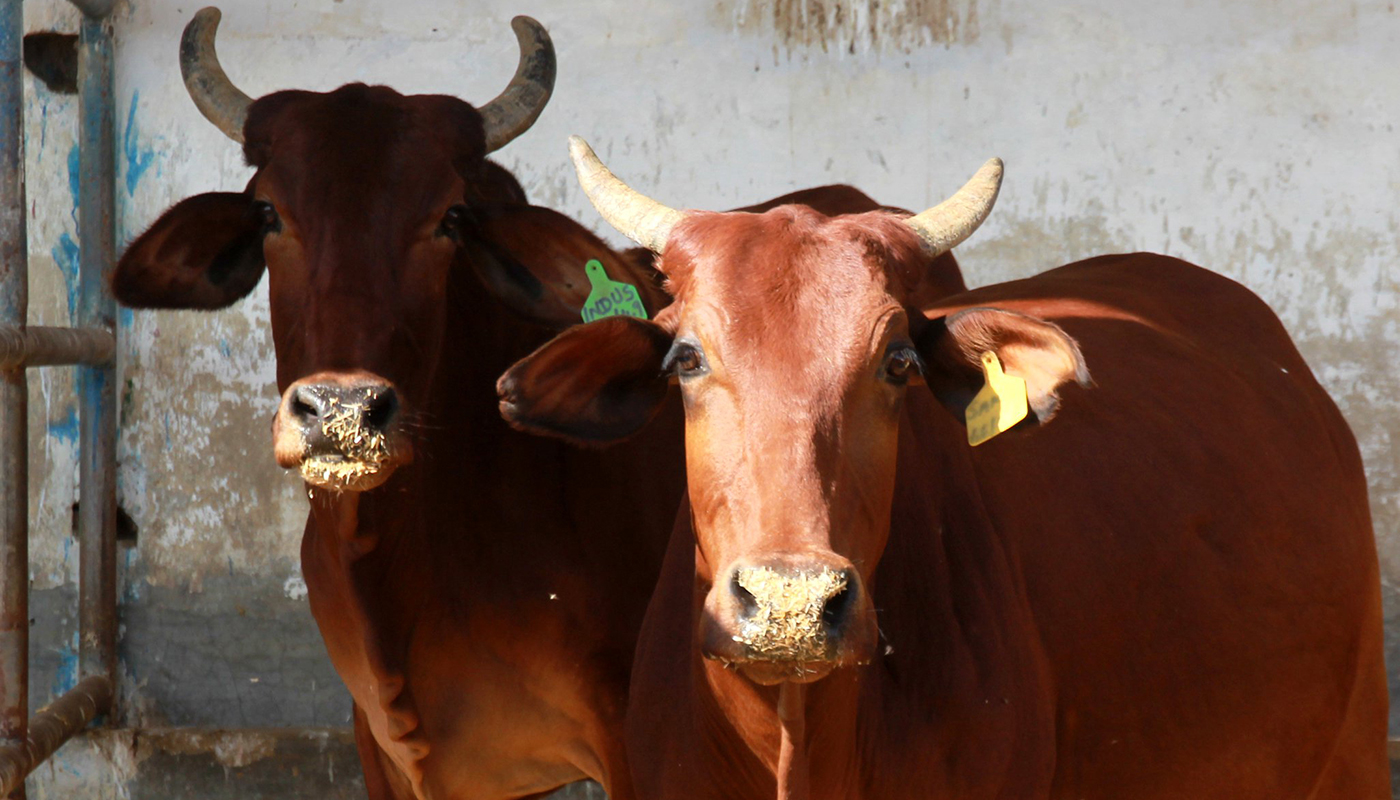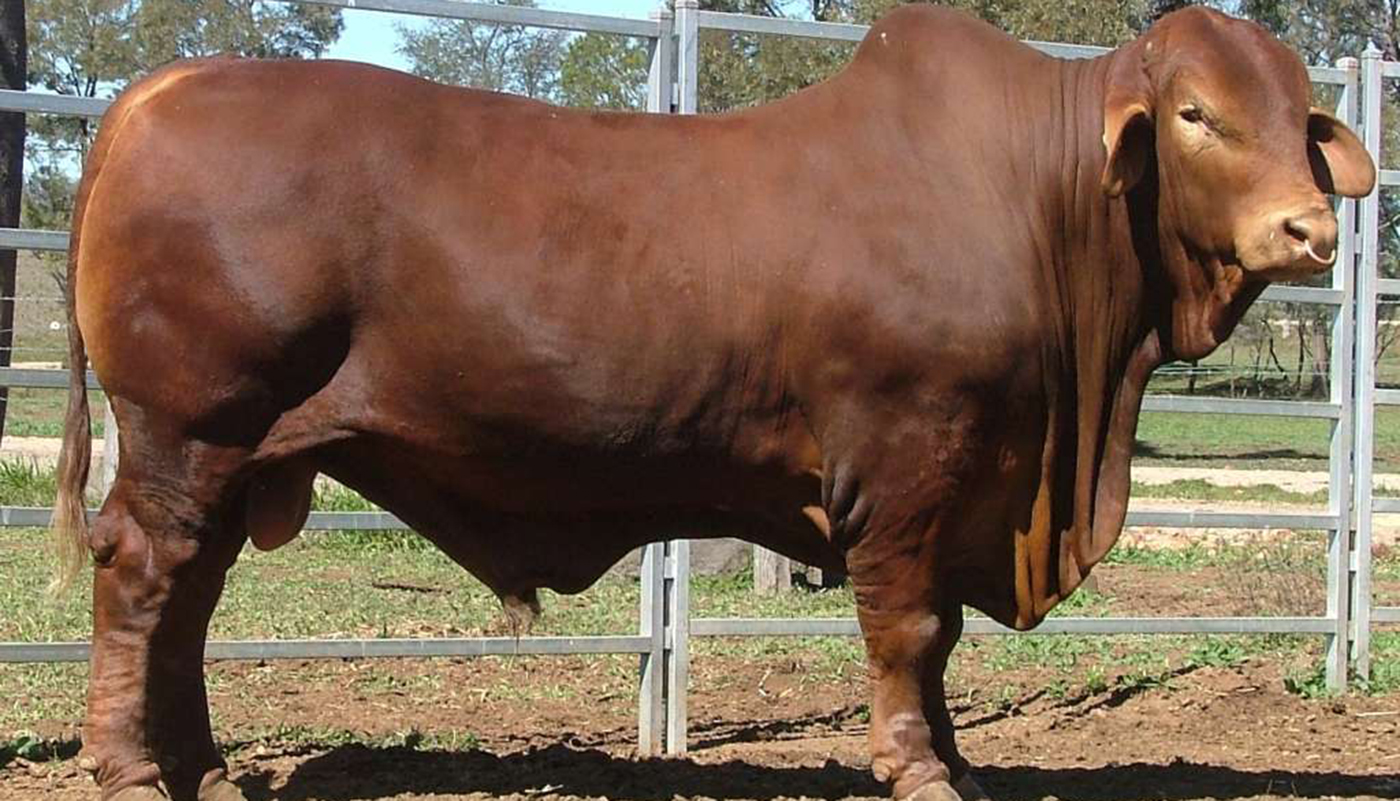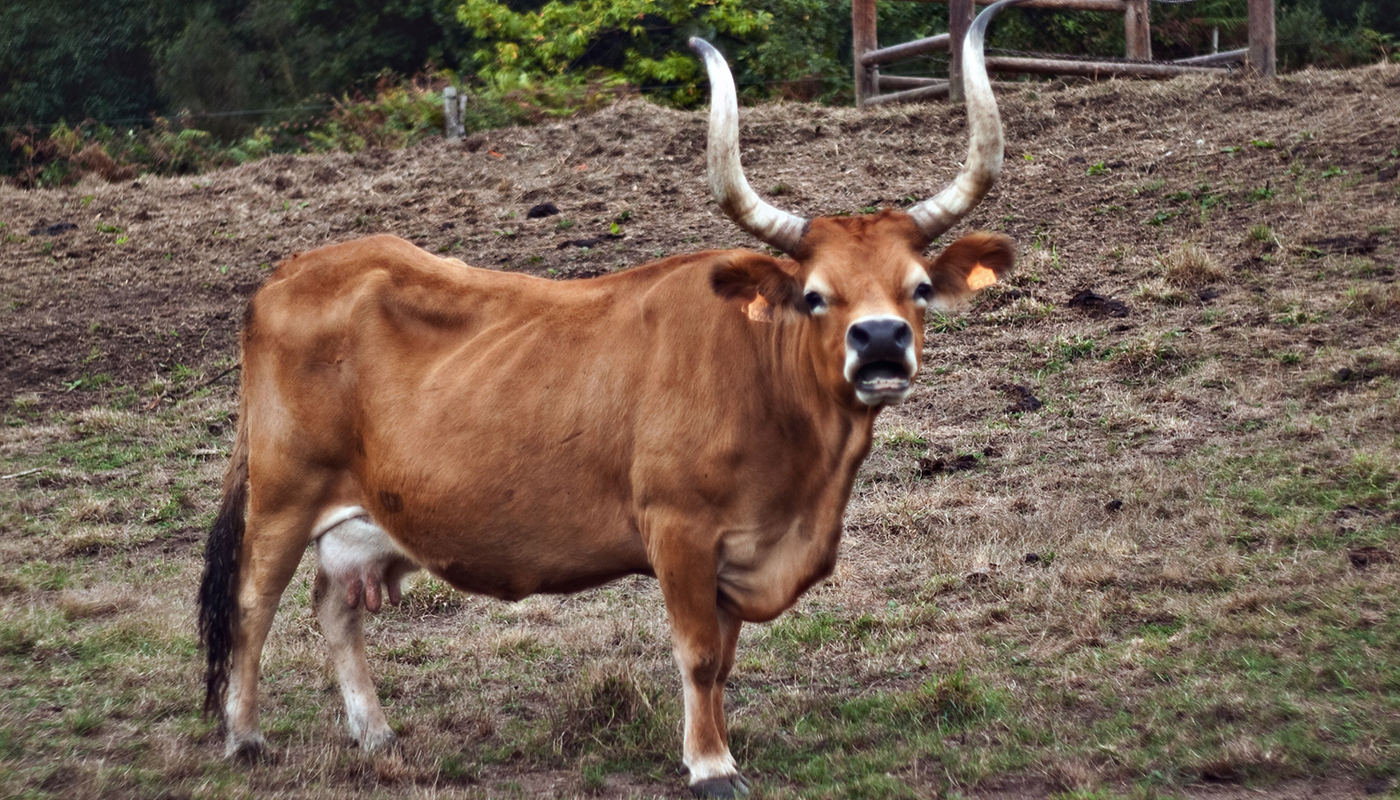
The Corriente cattle breed are an extremely hardy little breed of cattle that have been known to let themselves out of their pens or pastures.
They were once a predominantly used sports cattle breed mainly used for rodeos, roping or riding. Today they are primarily bred for the extra lean and meat.
They are well known to be able to adapt to almost any climate and environment and can survive on very little water.
CORRIENTE BREED OF CATTLE QUICK PROFILE OVERVIEW
|
|
|---|---|
| The Corriente is a pretty little, hardy and adaptive breed of cattle that were originally from Europe | |
| Country of Origin: | Spain |
| Other Names: | Criollo or Chinampo |
| Main Purpose: | Sport and rodeo |
| Can be used for | Breed, Meat, Milk, Draft, Sport, and rodeo |
| You may Also Like: | 35 Best Cattle Breeds for Milk – Dairy Cattle |
| You may Also Like: | 47 Best Cattle Breeds for Meat – Beef Cattle |
| Ideal Climate: | Heat, Cold, Most Climates |
| Conservation Status: |
Listed by the *ALC Status/Rarity: Study |
| Health Issues? | No known health issues |
| Good Starter Cattle? | Novice to intermediate Cattle farmer/keeper level |
| Cattle Associations: | North American Corriente Association |
| Cattle Clubs: | Please refer to the North American Corriente Association for more information on the Corriente cattle breed |
| Where to buy them? | Please refer to the North American Corriente Association for more information on the Corriente cattle breed |
| Child Friendly? | Livestock should not be left unattended around unsupervised children |
| General Information: | The Corriente cattle breed are more commonly found in Florida in the United States. They originate from Europe, but the breed was further improved upon and developed in America. Corriente are one of the smaller cattle breeds and are known as the Houdini of cattle breeds as they are exceptionally good escape artists. They can get themselves out of all kinds of enclosures. Corriente cattle were widely used as rodeo cattle but animal rights organizations have condemned nearly all forms of this practice. These lovely bovines are really easily tamed but generally adapt their natures to the way they have been treated. |
| Note: *ALC stands for American Livestock Conservancy | |
PHYSICAL CHARACTERISTICS |
||||||||||||||||||||||||||||||||
|---|---|---|---|---|---|---|---|---|---|---|---|---|---|---|---|---|---|---|---|---|---|---|---|---|---|---|---|---|---|---|---|---|
| Corriente cattle have a small wiry frame, long legs for their size and good shape and size head. | ||||||||||||||||||||||||||||||||
| Size: | Small | |||||||||||||||||||||||||||||||
|
||||||||||||||||||||||||||||||||
COW BREEDING & MILKING INFORMATION |
|
|---|---|
| Most Cattle produce milk but not all of them are used in the dairy Cattle capacity for their milk. Cows only calve once a year and should have 12 to 14-month inter-calving cycle. They are fertile, excellent mothers with good instincts. They have a good birthing percentage with little to no birthing problems. They tend to and protect their young with vigor. | |
| Breeding Period/cycle: | Usually lasts 6 to 24 hours Most ave. 12 to 16 hours Cows usually come on heat every 21 days. |
| Estrous cycle: | Ave. 17 days to 24 days Heifer – usually ave. 20 days Cows – usually ave. 21 days |
| Gestation Period: | Usually, around 279 to 287 days but most gestation is 283 days. Cows that are carrying bull calf’s their gestation period is usually a little longer than cows that are carrying heifer calves. |
| No. Calves/Litter: | 1 calf at a time. Cows rarely have twins or triplets, but it can happen |
| Lactation Period: | Cows lactation period can last for up to about 10 months (305) days. |
| Milking From: | 1 to 6 weeks after Calving |
| Drying off Period: | The cow should have a 12 to 14-month inter-calving cycle. Drying off period for around 60 days before she can calve again. |
| Milk Quality: | Good |
| Milk Ideal for: | Calves |
| You may Also Like: | 35 Best Cattle Breeds for Milk – Dairy Cattle |
CATTLE MEAT PRODUCTION INFORMATION |
||||||||
|---|---|---|---|---|---|---|---|---|
| Most Cattle breeds can be used for meat and produce an acceptable quality of meat. The Corriente beef is said to have a flavor all of its own. It is naturally marbled for excellent tenderness and juiciness. It is also said to be a lot healthier alternative to most other red meats as it is naturally lower in fat, cholesterol and contains fewer calories. | ||||||||
| Meat Production? | Yes, Quality: Very good | |||||||
|
||||||||
| You may Also Like: | 47 Best Cattle Breeds for Meat – Beef Cattle | |||||||
CATTLE SKIN PRODUCTION INFORMATION |
||||||||
|---|---|---|---|---|---|---|---|---|
| Most meat Cattle will have a skin by-product, and these are usually used in some form or just as a hide. The Corriente is not specifically produced for its skin and has a smaller body than most other cow breeds. Its skin is a by-product of its meat production and is used in some leather or hide manufacturing. | ||||||||
| Skin Production? | N/A | |||||||
| Skin is used to Produce: | Calf/cow skin leather products such as shoes, car seats, fine leather coats, gloves, handbags, belts, furniture, rugs, etc. | |||||||
|
||||||||
HISTORY
The Corriente cattle breed were first brought to America by the Spanish settlers in around 1493 as records indicate.
They were seen to be an extremely hardy breed of cattle and came in very handy for used as work cattle. Through natural selection, the breed adapted to the various conditions of its new homeland in South Florida and some spread across central and South America.
As European and other cattle breeds were introduced to the States in the 1800’s ranchers started to upgrade their cattle breeds with these more effective cattle breeds. Thus the Cachena and other older breeds almost disappeared from existence.
But through some human intervention and sheer will of the Cachena cattle to survive some herds were survived in remote areas of Central and South America with a few herds in the southern United States.
The North American Corriente Association and a few other associations around the world have recognized the plight of these unique animals and concerted efforts are being made to manage and increase their numbers.
Video
USEFUL LINKS
- Purebred Dairy Cattle Association
- American Dairy Association
- National Association of Animal Breeders
- American Dairy Science Association
- United States Cattlemen’s Association
- National Cattlemen’s Beef Association
- American National Cattlewomen
- Beef Cattle Breed Associations
- National Cattlemen’s Beef Association
- Fur Commission USA
- North American Meat Institute
- American Livestock Conservancy
- Animal Shelter (ASPCA)
- American Veterinary Medical Association
- American Animal Welfare Society
- American Animal Control
- American Society of Animal Science
- United States Department of Agriculture
 Ankole-Watusi Cattle Breed – Everything You Need to Know
Ankole-Watusi Cattle Breed – Everything You Need to Know Alambadi Cattle Breed – Everything You Need to Know
Alambadi Cattle Breed – Everything You Need to Know Red Sindhi Cattle Breed – Everything You Need to Know
Red Sindhi Cattle Breed – Everything You Need to Know Heck Cattle Breed – Everything You Need to Know
Heck Cattle Breed – Everything You Need to Know Red Poll Cattle Breed – Everything You Need to Know
Red Poll Cattle Breed – Everything You Need to Know Sahiwal Cattle Breed – Everything You Need to Know
Sahiwal Cattle Breed – Everything You Need to Know Guernsey Cattle Breed – Everything You Need to Know
Guernsey Cattle Breed – Everything You Need to Know Braunvieh Cattle Breed – Everything You Need to Know
Braunvieh Cattle Breed – Everything You Need to Know Murray Grey Cattle Breed – Everything You Need to Know
Murray Grey Cattle Breed – Everything You Need to Know Droughtmaster Cattle Breed – Everything You Need to Know
Droughtmaster Cattle Breed – Everything You Need to Know Cachena Cattle Breed – Everything You Need to Know
Cachena Cattle Breed – Everything You Need to Know Santa Gertrudis Cattle Breed – Everything You Need to Know
Santa Gertrudis Cattle Breed – Everything You Need to Know